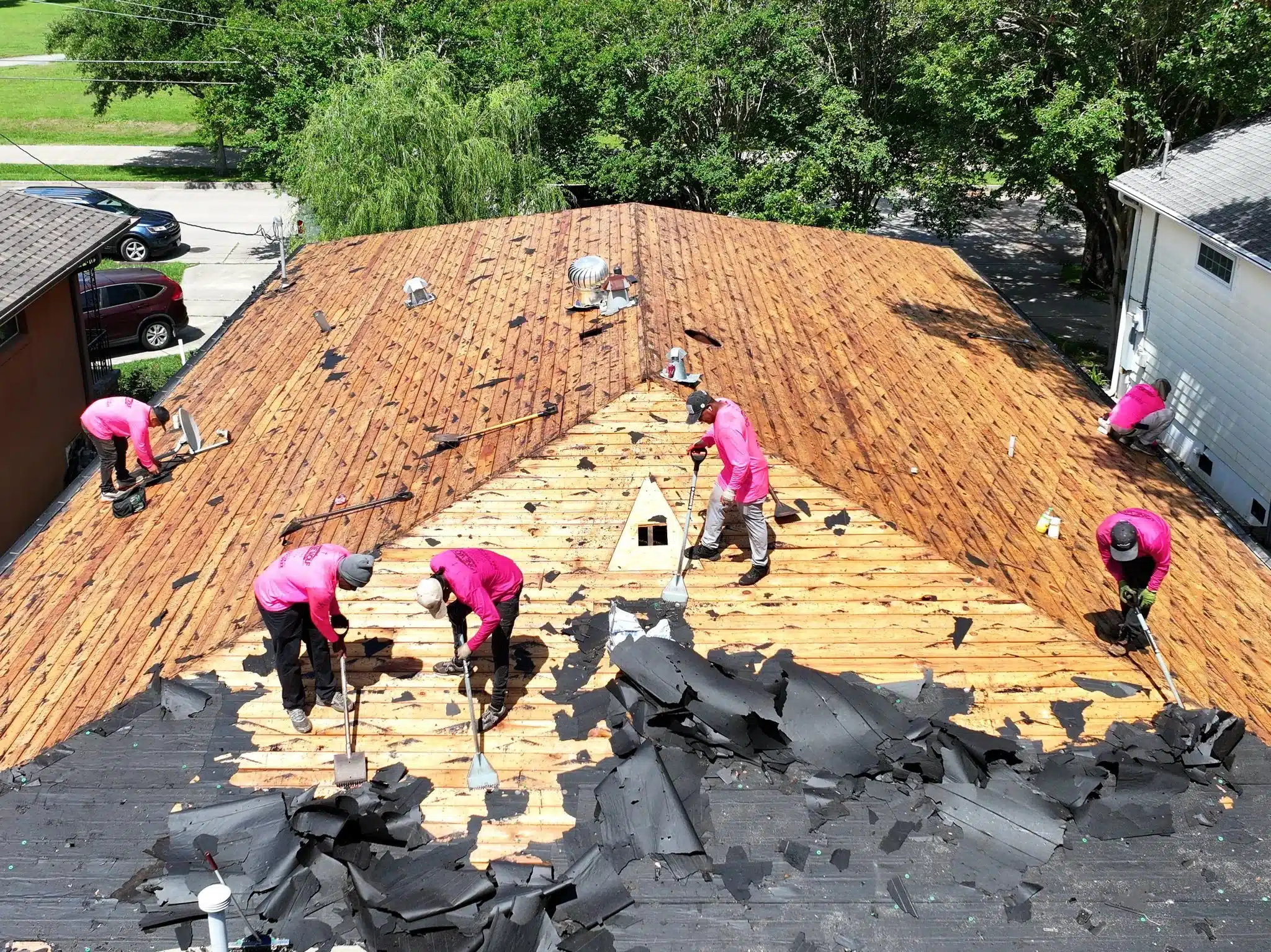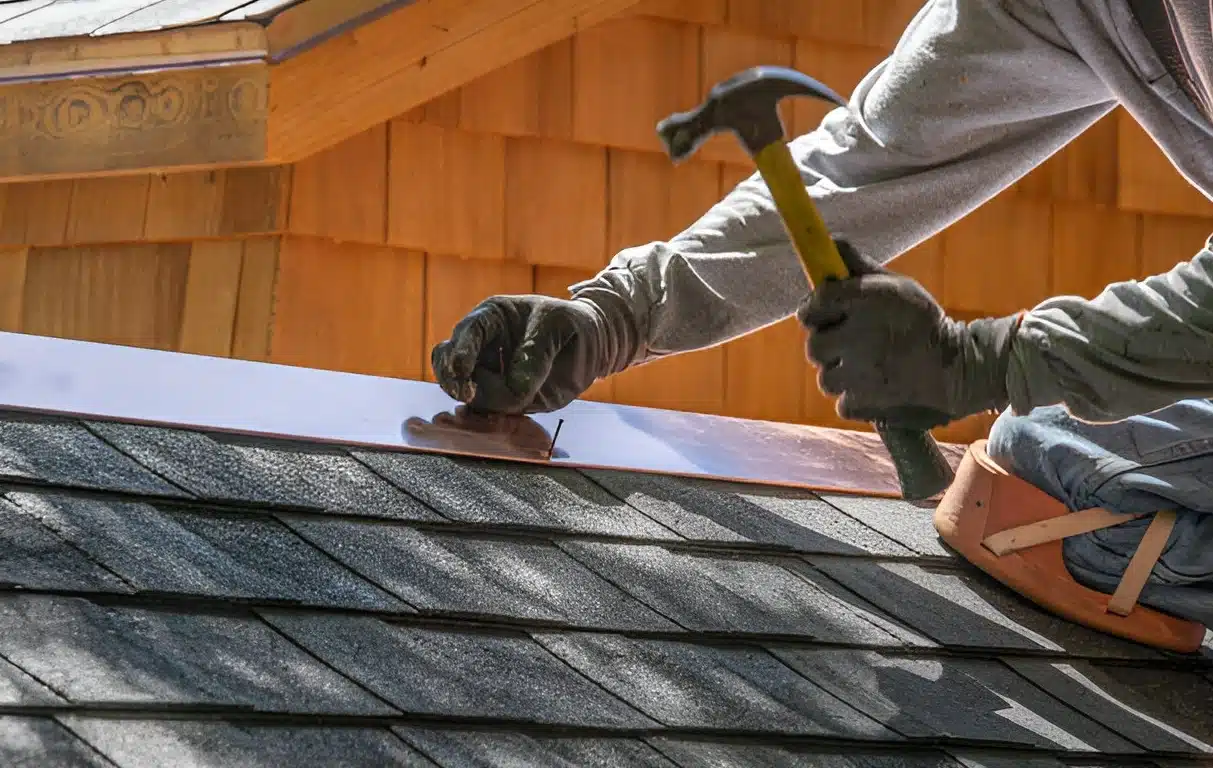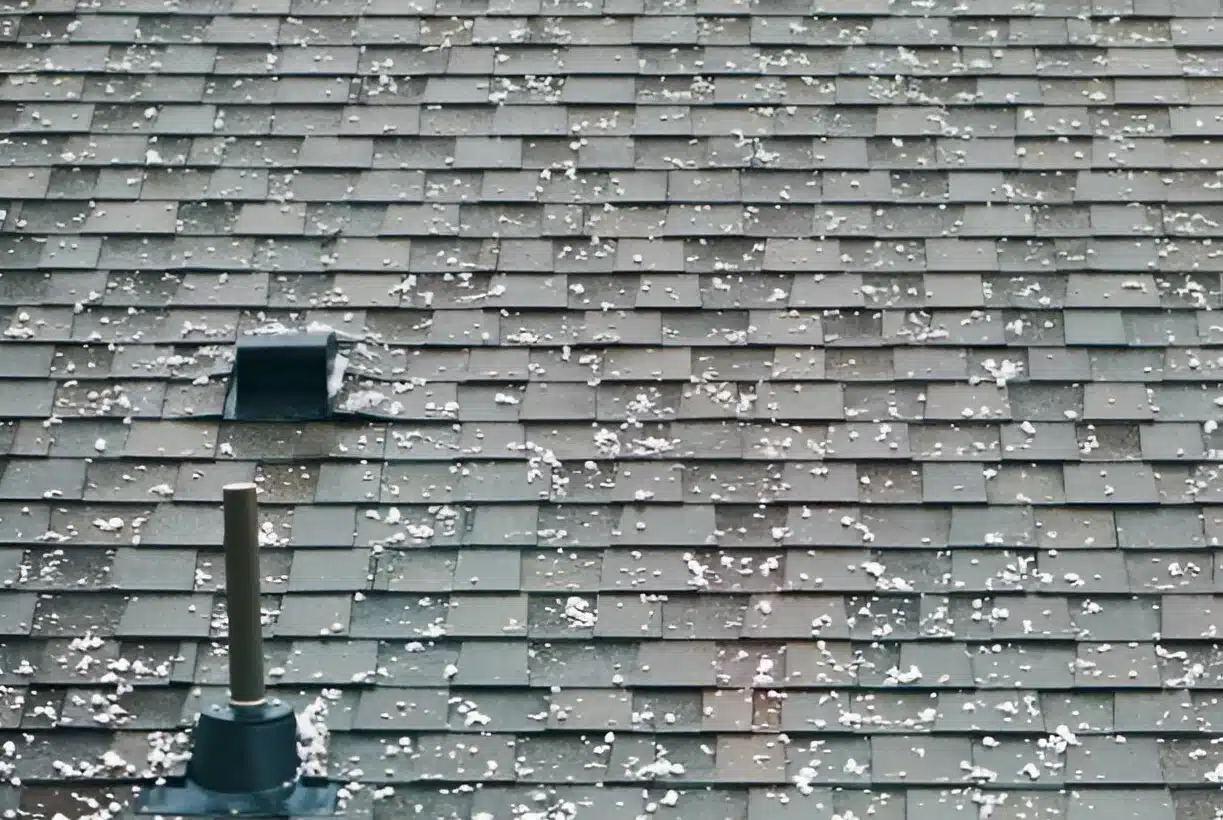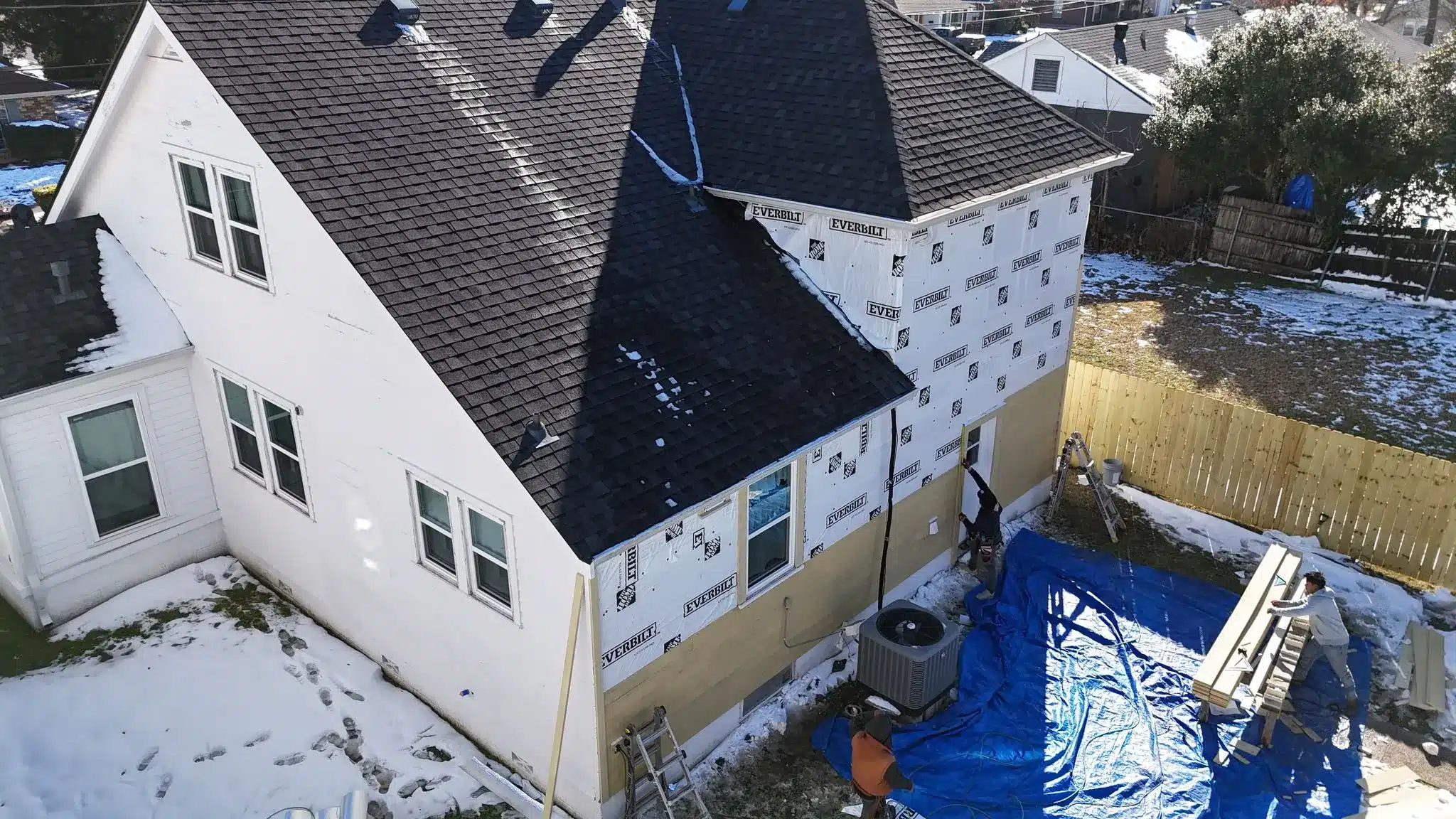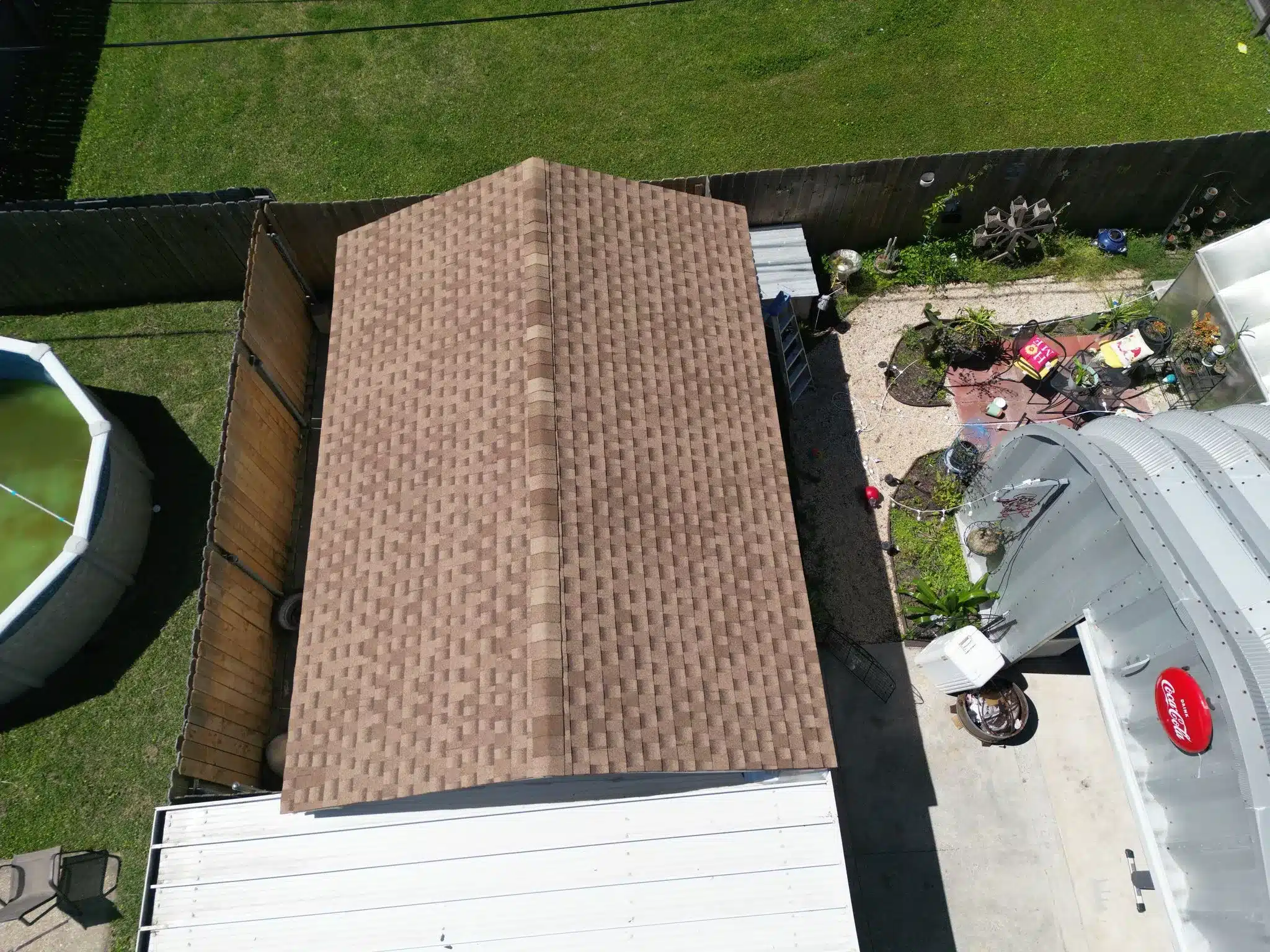Homeowners often inquire about the lifespan of a roof, posing the question, “How long does a roof last?” Assessing the lifespan of your current roof or considering a new installation requires a comprehensive understanding of the longevity of various roofing materials.
The lifespan of a roof typically ranges from 25 to 50 years, contingent upon factors such as the material used, climate conditions, maintenance practices, and the quality of installation. Roofs typically have a lifespan ranging from 25 to 50 years, while certain materials may surpass 100 years.
This article examines the lifespan of various roofing materials, the impact of weather conditions and maintenance practices, and strategies for extending the durability of your roof.
Durability and Longevity of Different Roofing Materials
The durability of a roof is greatly affected by the materials used in its construction. Some roofing materials exhibit greater durability and are more effective in withstanding severe storms.
1. Asphalt Shingles: Expected lifespan of 20 to 30 years
Asphalt shingles represent the predominant roofing material utilized in the United States, attributed to their cost-effectiveness and straightforward installation process. The typical lifespan ranges from 20 to 30 years; however, this longevity is contingent upon the quality of the shingles and the degree of weather exposure encountered.
Pros:
- Economically efficient
- Offered in multiple styles and color options
- Simple to fix and substitute
Cons:
- Susceptible to damage caused by hail and strong winds
- Deterioration may occur at an accelerated rate under conditions of extreme heat or inadequate ventilation.
Pro Tip: To enhance the longevity of your roof, it is advisable to conduct regular inspections and promptly replace any missing shingles.
2. Metal Roofing: Expected Lifespan of 50 to 80 Years
Metal roofs are gaining popularity in residential applications owing to their durability and energy efficiency characteristics. A standing seam metal roof of high quality has a lifespan ranging from 50 to 80 years, requiring minimal maintenance throughout its service life.
Pros:
- Highly durable and resistant to weather conditions
- Fire-resistant and energy-efficient (reflects solar radiation, decreases cooling expenses)
- Minimal upkeep required
Cons:
- Higher cost compared to asphalt shingles
- May produce significant noise during intense rainfall if insulation is inadequate.
Pro Tip: It is essential to ensure that a metal roof is adequately coated to mitigate the risks of rust and corrosion, thereby enhancing its durability and longevity.
3. Clay Tile Roofing: Lifespan of 50 to 100 Years
Clay tile roofs exhibit significant durability and visual appeal, frequently utilized in Spanish or Mediterranean architectural styles. A clay tile roof, when maintained appropriately, has the potential to endure for a duration of up to 100 years.
Pros:
- Resistant to elevated temperatures, combustion, and infestations
- Demands limited upkeep
- Extended operational duration
Cons:
- Significant weight, which may necessitate supplementary structural reinforcement.
- High installation costs
- May exhibit cracking when subjected to impact, such as from fallen branches or hail.
Pro Tip: Conduct an annual inspection of tiles to identify any cracks or damage. Replace any broken tiles promptly.
4. Slate Roofing: Expected Lifespan of 75 to 150 Years
Slate roofing is recognized for its exceptional durability, frequently exceeding a lifespan of 100 years. This phenomenon is frequently observed in historic and luxury residences.
Pros:
- Extremely long lifespan
- Fire and weather-resistant
- Aesthetically pleasing and refined design
Cons:
- Significant weight necessitating robust structural support.
- Expensive and difficult to install
- Repairs require a specialist
Pro Tip: Hire an experienced roofer in New Orleans to install slate roofing properly, as incorrect installation can lead to structural damage.
5. Wood Shingles & Shakes (25-50 Years)
Wood shingles and shakes provide a natural, rustic look, often used in traditional or historic homes. They last 25-50 years, depending on climate and maintenance.
Pros:
- Eco-friendly and naturally insulating
- Aesthetically unique and beautiful
Cons:
- Prone to rot, mold, and insect damage
- Requires frequent maintenance
- Flammable unless treated with fire-resistant coatings
Pro Tip: Apply a protective sealant every few years to extend the life of wood shingles.
Factors Affecting Roof Longevity
1. Weather & Climate Conditions
- Severe weather conditions can significantly shorten the lifespan of your roof.
- At least once a year, especially following significant storms, get your roof inspected.
- Maintain clean gutters free of trash, as it can help reduce water accumulation.
- Replace immediately missing or damaged shingles.
- Eliminate moss and algae, as this helps in preventing accumulation that can cause shingle damage.
Pro Tip: A well-maintained roof lasts up to 30% longer than a neglected one.
2. Maintenance & Inspections
- Regular roof maintenance can add years to the life of your roof.
- At least once a year, especially following significant storms, get your roof inspected.
- Maintaining clean gutters free of trash helps reduce water accumulation.
- Replace immediately missing or damaged shingles.
- Eliminating moss and algae will help to prevent accumulation that can cause shingle damage.
Pro Tip: A well-maintained roof lasts up to 30% longer than a neglected one.
3. Installation Accuracy
Poorly installed roofs fail prematurely. Choosing a renowned, experienced roofing business guarantees correct attic ventilation, installation quality, and flashing to stop early damage. Most importantly, steer clear of “Storm Chasers.” These fly-by-night tradesmen hastily build poor-quality roofs and vanish when problems develop.
Pro Tip: Select a roofer with solid local warranties and references.
Signs Your Roof Needs Replacement
Even the best roofs eventually need replacement. Look out for these warning signs:
- Curled, cracked, or missing shingles
- Frequent leaks and water stains
- Moss, algae, or mold growth
- Sagging or drooping areas
- High energy bills (poor insulation from roof damage)
How Can Your Roof Last More Years?
- Make investments in premium materials: Less expensive materials can need replacement sooner.
- Plan regular inspections: Early little problems avoided save costly fixes.
- Maintaining clean gutters: It helps to prevent water blockage and damage.
- Guarantees appropriate ventilation: Helps to prevent attic moisture buildup.
- Select a reputable roofing company: The lifespan of a roof depends mostly on the quality of installation and this is where hiring a top roofing company could make a massive difference.
Conclusion
Materials, upkeep, weather, and installation quality all affect the lifetime of a roof. Although asphalt shingles only last 20 to 30 years with correct maintenance materials.
If your roof is almost at the end of its lifetime, avoid waiting until leaks seriously damage it. Our area of expertise at Lone Wolf Roofing is roof inspections, repairs, and replacements meant to safeguard your house. To check the health of your roof, request a free inspection today.


